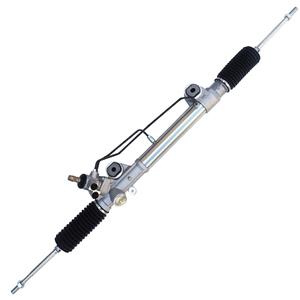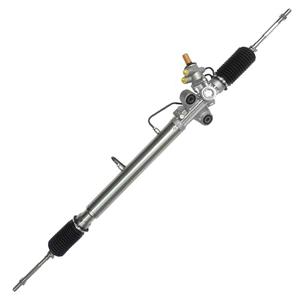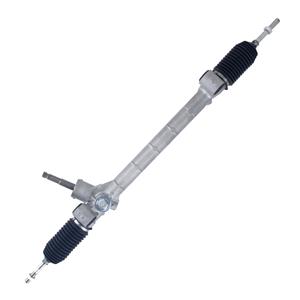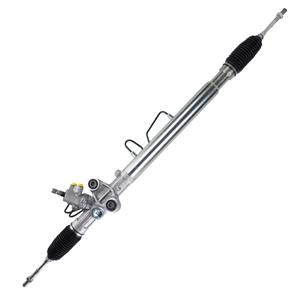What happens if the electric power steering system fails?
Electric Power Steering (EPS), as one of the important technologies in modern automobiles, has greatly improved driving comfort and safety. However, while this system is known for its reliability and efficiency, it is not completely immune to failure. When the electric power steering system fails, the vehicle's driving performance may be significantly affected and even cause potential safety issues.
This article will look in detail at what can happen if an electric power steering system fails and the impact these situations have on the driver and vehicle.
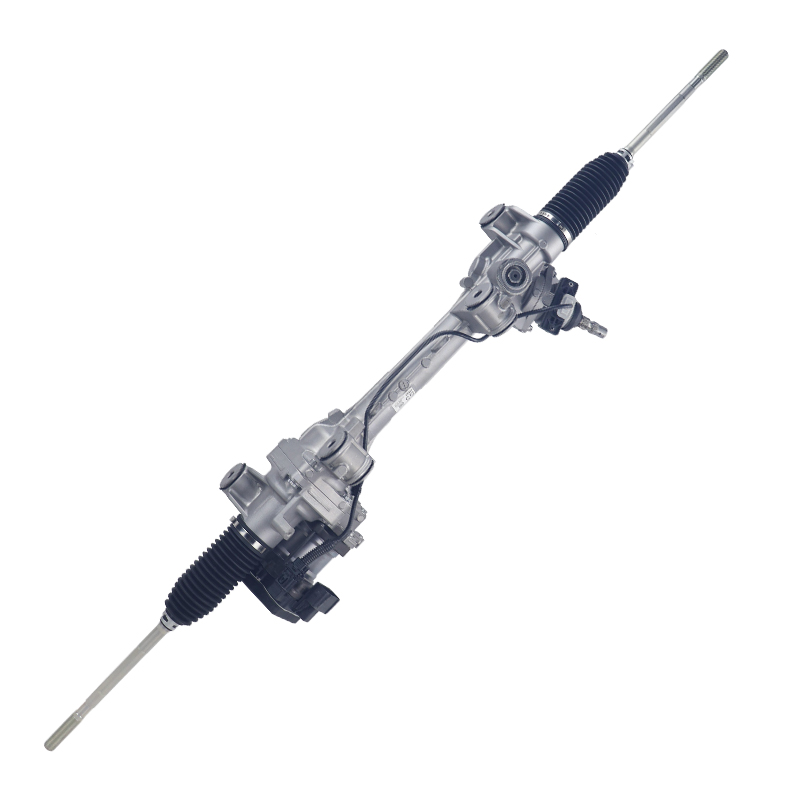
How does an electric power steering system work?
Before discussing the effects of system failure, we first need to understand the basic working principle of the electric power steering system. The EPS system assists the driver in turning the steering wheel through an electric motor, which is precisely controlled by the vehicle's electronic control unit (ECU). Unlike traditional hydraulic power steering systems, EPS does not rely on engine power or hydraulic oil, but relies entirely on the electric motor to provide steering assistance.
The core components of the electric power steering system include:
● Electric motor: responsible for providing steering assistance.
● Torque sensor: detects the force exerted by the steering wheel and transmits the data to the ECU.
● Electronic control unit (ECU): adjusts the output of the motor based on sensor data to ensure appropriate steering assist.
● Power supply: Provides energy to the electric motor and control unit.
Under normal circumstances, the EPS system can automatically adjust power assistance based on vehicle speed, steering angle and other factors, providing an easy and precise control experience.
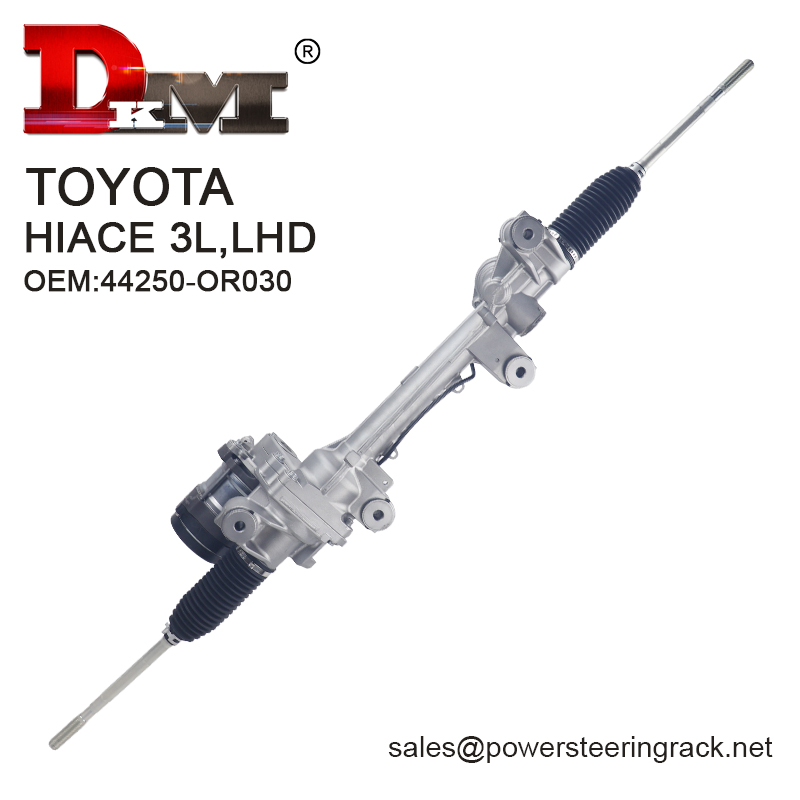
What are the common causes of electric power steering system failure?
Failure of the EPS system may be due to a variety of reasons, including but not limited to the following:
1. Electric motor failure: Mechanical or electrical failure of the electric motor may cause complete loss of power assist.
2. Sensor failure: Failure of the torque sensor or other steering-related sensors will cause the ECU to be unable to correctly determine the required power assist level.
3. ECU failure: Problems with the electronic control unit may cause incorrect power assist output or a complete inability to control the electric motor.
4. Power supply problem: Insufficient battery voltage or circuit failure may cause the electric motor to not work properly.
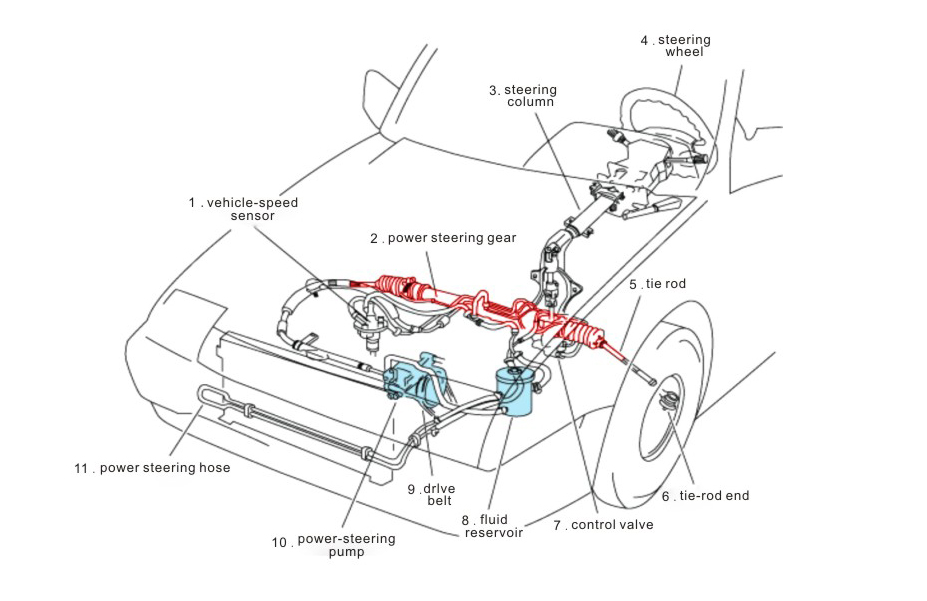
What happens if the electric power steering system fails?
When the electric power steering system fails, the vehicle may experience the following situations:
Steering becomes difficult
The most immediate impact is the complete disappearance of power steering assistance. Since the electric power steering system no longer provides assistance, the driver needs to rely on his or her own power to turn the steering wheel. This is especially noticeable when driving at low speeds, such as when parking or turning at low speeds, where the steering wheel becomes very heavy and maneuvering becomes difficult. This situation may prevent some physically weaker drivers from reacting quickly in an emergency, thereby increasing the risk of an accident.
Steering response delay
In some cases, a partial failure of the EPS system may cause a delay in steering response. The ECU may not be able to process sensor data quickly or accurately control the output of the electric motor, resulting in a noticeable delay between turning the steering wheel and turning the vehicle. This delay will not only make the driver feel that the control is not smooth, but may also cause danger in emergency avoidance and other situations.
The vehicle cannot keep moving in a straight line
If the EPS system fails and there is a problem with key components such as the torque sensor, the vehicle may veer to one side and have difficulty maintaining a straight line. This situation is particularly dangerous when driving at high speeds, because the driver must constantly adjust the steering wheel to keep the vehicle in the lane, increasing driving fatigue and danger.
Driver warning system activated
Many modern vehicles are equipped with driver warning systems, and when the EPS system detects a problem, a warning light may illuminate on the dashboard or an error message may be displayed. This is often accompanied by symptoms such as a heavier steering wheel. While these warnings can alert the driver to a problem with the system, they can be confusing to the driver if the warning appears while driving, especially on the highway.
Reduced emergency control capabilities
In emergency situations, such as sudden lane changes or when avoiding obstacles, EPS failure may prevent the driver from quickly adjusting the direction of the vehicle. As the power assist disappears, the driver may need more effort to turn the steering wheel, which will affect the efficiency of emergency maneuvers and increase the risk of a collision.

How to deal with electric power steering system failure?
When the EPS system fails, the driver needs to respond calmly. First, the driver should slow down immediately and try to keep the vehicle traveling in a straight line. If the vehicle pulls to one side, the driver should adjust the steering wheel carefully to avoid overcorrecting. Then, on the premise of ensuring driving safety, the driver should find the nearest safe parking place and park the vehicle. At this time, sharp turns or high-speed driving should be avoided as these operations are difficult and dangerous without power assistance.
Secondly, drivers should pay attention to warning lights or error messages on the dashboard and try to conduct a preliminary check according to the instructions in the vehicle manual. If the failure is caused by a weak battery or loose wiring, simple inspections and repairs may be required to restore system functionality. If the problem cannot be solved by oneself, the driver should contact a professional car mechanic or rescue service to send the vehicle to a repair shop for a complete inspection and repair. EPS systems involve complex integration of electrical and electronic components, and professional diagnostic and repair tools are necessary.
Measures to prevent electric power steering system failure
Regularly checking and maintaining the working status of electrical systems, sensors and motors can detect and repair potential problems in time to prevent system failure. Secondly, the driver should always pay attention to the steering feeling of the vehicle. If he finds that the steering becomes heavier, the response is delayed or the warning light is abnormal, he should check it immediately to avoid further worsening of the problem.
In addition, when starting the vehicle, avoid turning on a large number of electrical equipment at the same time to ensure that the EPS system has sufficient power supply to prevent failures caused by insufficient voltage.

